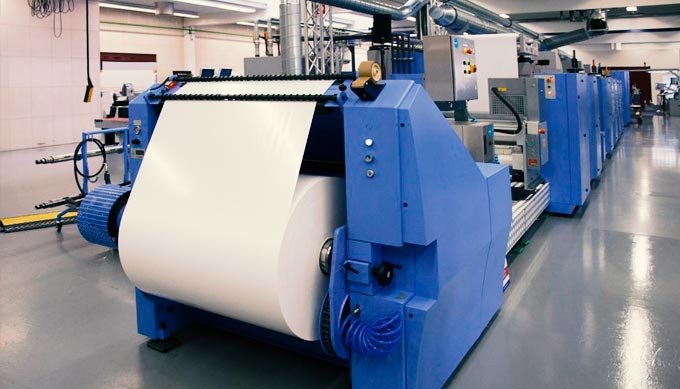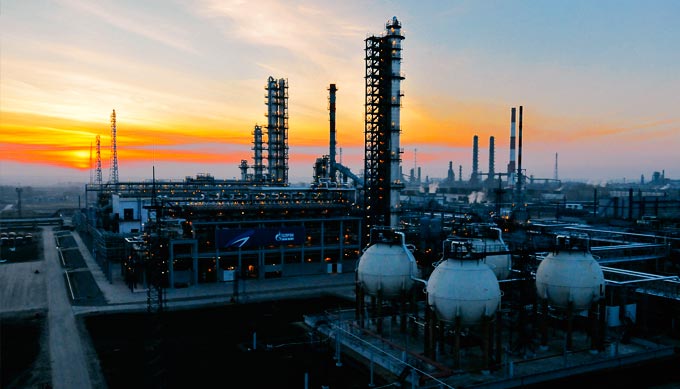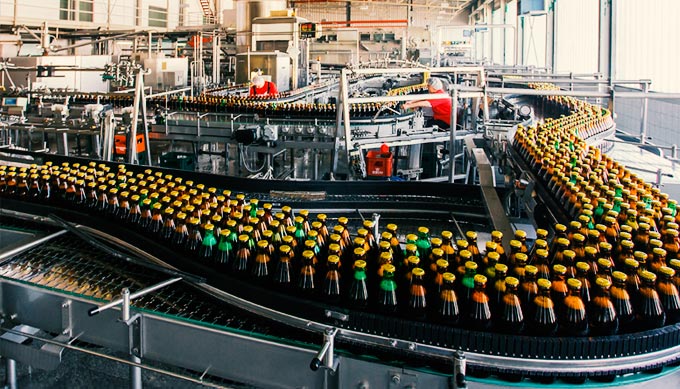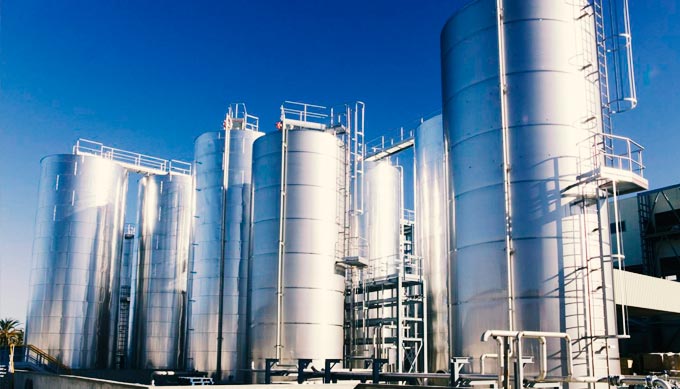-
Application of gas detector in LPG & LNG
There are many toxic and combustible gases associated with the processing of oil and gas, such as ammonia,carbon monoxide,sulfur dioxide,methane,therefore the gas detection is critical to keep people and property away from these hazards. CCE safety offers the perfect and reliable gas detection system solution for the oil and gas industry.
-
Application of gas detector in brewing industry
To ensure high quality and efficient production, the brewing industry is now using complex processes to replace the traditional manual production.Other common toxic gases found during fermentation, cleaning and bottling are: chlorine gas, ozone, sulfur dioxide, hydrogen sulfide, ammonia gas. Carbon dioxide is widely believed to replace oxygen and cause asphyxiation, and may be the most common harmful gas in brewing. carbon dioxide itself is toxic.No smell, no irritation to the skin, no detection, carbon dioxide is seen as the invisible killer of detection.
-
Application of gas detector in chemical industry
Chemical enterprise in the process of production, there will be all kinds of poisonous and harmful gases, is a very dangerous industrial sites, carelessly poisoning danger occurs, so wear protective masks, protective clothing, protective gloves and other labor insurance supplies is the most basic protection to the workers.
In addition, although wearing protective masks, if the gas concentration is too high, there is still a risk of poisoning or suffocation, and the possibility of an explosion on Mars,Therefore, the staff must always know the composition and concentration of toxic and harmful gases in the field environment, and timely evacuate and take corresponding measures.Therefore, it is necessary to use the corresponding portable gas detector to detect the composition and concentration of toxic and harmful gases in real time, so as to avoid the occurrence of danger to the maximum extent.
-
Application of gas detector in paper industry
The pulp and paper industry, like many other industries, is restricted in many ways, such as requiring air tests in the workplace to keep workers safe.Moreover, the industry's focus on turpentine oil and chlorine dioxide gas is becoming increasingly clear, so workers need to know more about it.The pulping process produces two main types of steam, one from the fibers of paper and the other from wood products used in paint.Turpentine, one of these chemicals, is not an ordinary substance because it has a low explosive limit of 8000ppm (0.8%).It has a very low ignition point, about 253.3 ℃ more than 537.2 ℃ lower than methane is low,These properties of turpentine make it difficult to detect its steam with conventional LEL sensors.The LEL sensor was originally designed to detect methane levels in coal mines. Most LEL sensors use the principle that combustible gases burn on a catalytic bead on a wheatstone bridge and then measure their heat release.The temperature rise causes a change in the resistance value, which is then converted to a %LEL display, so the LEL sensor has uniqueness and limitations.







